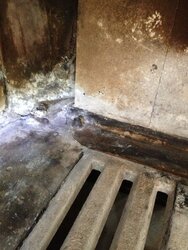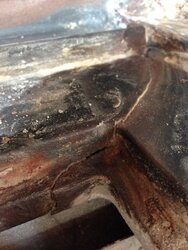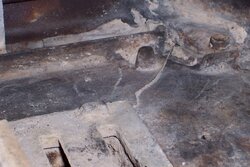When starting a fire, I use the top down method. From a cold stove, I can get a top temperature of around 450F in less then 10 minutes. Corners read 80-100F. This is with all doors closed and air control wide. Is this too hot too quick? How does the jotul take to high stove top temps quickly? Is this stove easy to crack? I know cast wants to heat up evenly, but wondering as I'm getting better at starting fires and getting quick heat. Thanks
Ps...... When I read a stove top temp of let's say 850-900F .... Very high..... And the corners read around 625-700F..... Is this too hot to run my jotul. Last question, the stove top temp must be inaccurate because of the dual burn tubes just a glowing red pumping out 1000F +?
Thanks again
Sootfoot
Ps...... When I read a stove top temp of let's say 850-900F .... Very high..... And the corners read around 625-700F..... Is this too hot to run my jotul. Last question, the stove top temp must be inaccurate because of the dual burn tubes just a glowing red pumping out 1000F +?
Thanks again
Sootfoot




